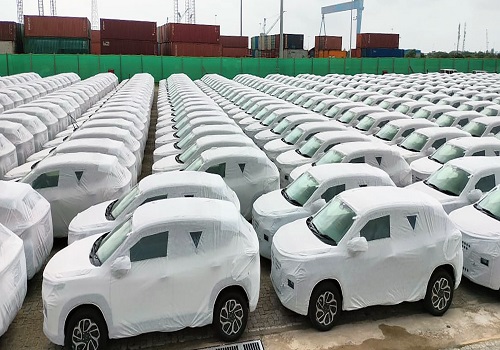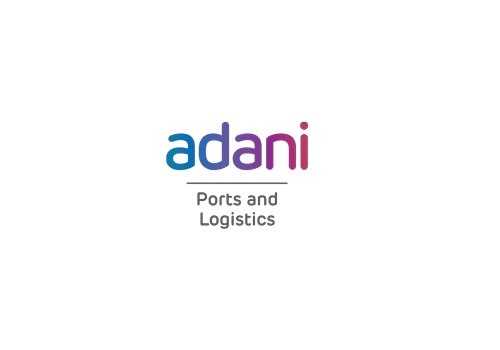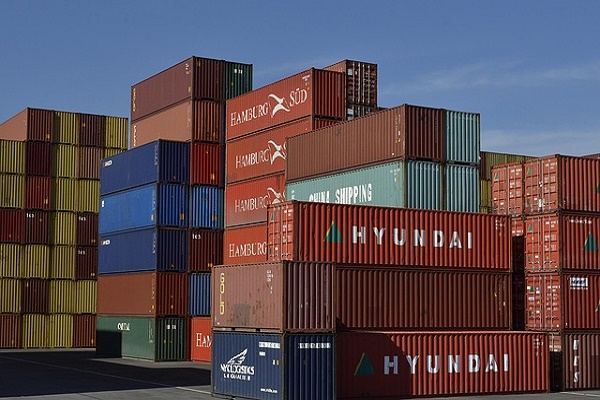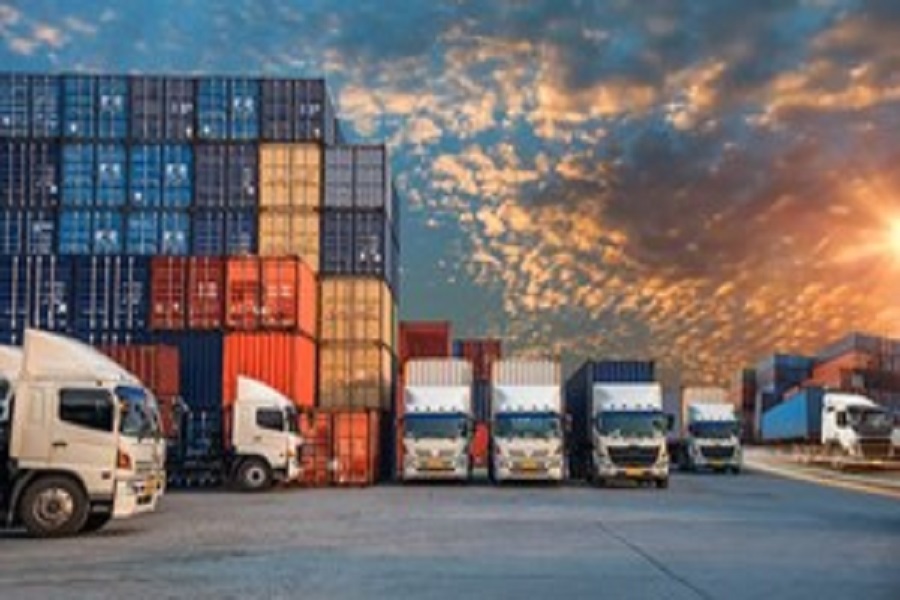Transports and Logistics Sector Update : Anchoring solutions Navigating success By Motilal Oswal Financial Services Ltd
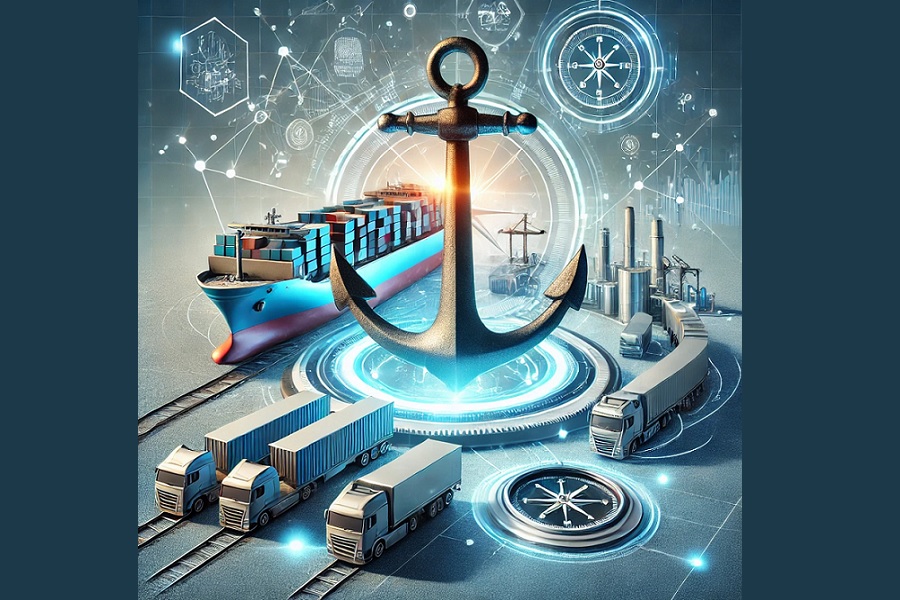
Anchoring solutions | Navigating success
Growth on a fast-track mode!
* India’s ports sector is a vital pillar of its trade and economic framework, managing 95% of the country’s export volumes and 70% of its export values. Spanning a coastline of ~7,500km and aided by 20,275km of national waterways across 24 states, the sector benefits from its strategic location in the Indian Ocean. This positioning aligns India with 80% of the global maritime oil trade, underscoring its potential to become a leading maritime player.
* The country’s port infrastructure includes 13 major ports and 205 non-major ports, which together handled a cargo volume of 1,539MMT (major ports handled 819MMT in FY24 and 699MMT over Apr’24-Jan’25), backed by an overall capacity of 2,604MTPA.
* The ports operate under diverse management models, such as public-private partnerships in the landlord model, fully state-managed service ports, privately owned service ports, and hybrid tool ports with shared responsibilities.
* The Indian ports sector is poised for significant growth. Between FY23 and FY28, the country’s ports are projected to add 500-550MTPA of capacity annually, driven by increased handling of petroleum, oil, lubricants (POL), coal, and containerized cargo. Cargo traffic is expected to grow at a steady annual rate of 3-6%, stabilizing utilization levels at ~55% over the medium term.
* Container traffic growth is anticipated to report an annual growth rate of 4-7% over the next five years, bolstered by rising imports, declining freight costs, and a normalization of global supply chains. Transshipment, which accounts for roughly 25% of India’s container throughput, continues to be a crucial segment, with ports like Chennai playing a significant role.
* Adani Ports & SEZ (APSEZ; 15% volume CAGR over FY19-24) and JSW Infrastructure (JSWINFRA; 25% volume CAGR over FY19-24) have outgrown the industry’s CAGR of ~5% through aggressive capacity expansion, strategic acquisitions, and integrated logistics solutions. While the industry growth rate is expected to be 4-7% over the next five years, both APSEZ and JSWINFRA are poised for sustained growth of 2-3x the industry, supported by continued organic and inorganic expansions and integrated logistics solutions. Both of these companies are likely to gain market share. Hence, we reiterate our BUY rating on APSEZ and JSWINFRA. JSWINFRA is our top pick in the ports domain.
Major/non-major ports to play pivotal rolesin the overall development of the sector
India’s port ecosystem comprises major and non-major ports, each playing distinct roles. Major ports, managed by the central government, are primarily located near industrial hubs and handle diverse cargo types based on regional demands. For instance, Paradip and Mormugao handle substantial volumes of coal and iron ore, while Kandla focuses on petroleum products. However, major ports face congestion challenges due to shared access channels. In contrast, non-major ports, governed by state governments or private operators through public-private partnerships, manage nearly half of India’s cargo. These ports benefit from greater flexibility, operational efficiency, and lower congestion. In FY23, non-major ports reported a 7.6% increase in cargo traffic, outperforming the 4.7% growth recorded at major ports
Policy support and initiatives such as the Sagarmala project bode well for the sector
The Indian government has introduced several policies and initiatives to enhance port capacity and operational efficiency. The Sagarmala Programme, launched in 2016, is a flagship initiative aimed at reducing logistics costs for export-import (EXIM) and domestic cargo. The program seeks to increase port capacity to 3,300 MTPA by 2025, supported by investments totaling INR 6t across 800 projects. It is expected to save INR 350-400b annually by optimizing logistics efficiency and reducing transportation time. Another transformative initiative, the Maritime Amrit Kaal Vision 2047, aims to develop six mega ports with world-class infrastructure and boost India’s total port handling capacity from 2,500 MTPA to 10,000 MTPA by 2047. This vision includes achieving 100% cargo handling at public-private partnership (PPP) berths and integrating advanced digital technologies into port operations.
Valuation and view: Outlook remains bright
* India’s ports sector is crucial to its trade ambitions and economic growth. With focused policy support, private investments, and infrastructure development under initiatives such as Sagarmala and the Maritime Amrit Kaal Vision 2047, India is wellpositioned to emerge as a global maritime hub. However, addressing challenges related to policy delays, connectivity gaps, and environmental concerns will be the key to unlocking the sector's full potential. India's extensive coastline and increased investments in inland waterways, coastal shipping, and port privatization initiatives by the government are expected to benefit companies like APSEZ and JSWINFRA, enabling them to handle a larger share of volume at Indian ports.
* APSEZ (BUY) – The largest private port operator in India: APSEZ continues to gain market share while generating strong cash flows and retaining its leverage position, with a net debt-to-EBITDA ratio of 2x as of Sep’24. We expect APSEZ to register 10% volume growth and a CAGR of 14%/15%/19% in revenue/EBITDA/ PAT over FY24-27. With consistent outperformance in cargo volumes, we reiterate our BUY rating with a TP of INR1,400 (based on 15x Sep’26 EV/EBITDA).
* JSWINFRA (BUY) – Scouting for organic and inorganic expansions: Considering stable growth levers at its existing ports and terminals, a higher share of thirdparty customers, sticky cargo volume from JSW Group companies, and an expanding portfolio, we expect JSWINFRA to strengthen its market dominance, leading to a 14% volume CAGR over FY24-27. This should drive a 22% CAGR in revenue and a 21% CAGR in EBITDA. We reiterate our BUY rating with a revised TP of INR330 (premised on 22x Sep’26 EV/EBITDA). JSWINFRA is also our top pick in the ports domain.
Key risks
* Despite its growth potential, the sector faces several challenges. Policy uncertainty, such as delays in the National Ports Policy, has hindered investment. Infrastructure gaps, including inadequate last-mile connectivity and insufficient dredging, have limited port efficiency and scalability. Environmental and social concerns, such as land acquisition delays and ecological impacts, have slowed project execution.
* Additionally, global economic volatility and commodity price fluctuations pose risks to port traffic, while privatization has raised concerns over revenue-sharing disputes and potential monopolization by large private players.
For More Research Reports : Click Here
For More Motilal Oswal Securities Ltd Disclaimer
http://www.motilaloswal.com/MOSLdisclaimer/disclaimer.html
SEBI Registration number is INH000000412
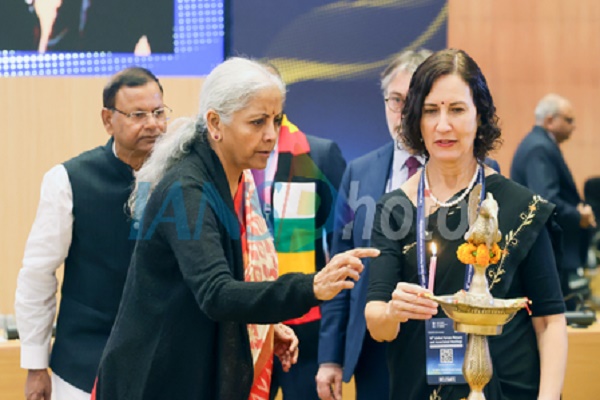
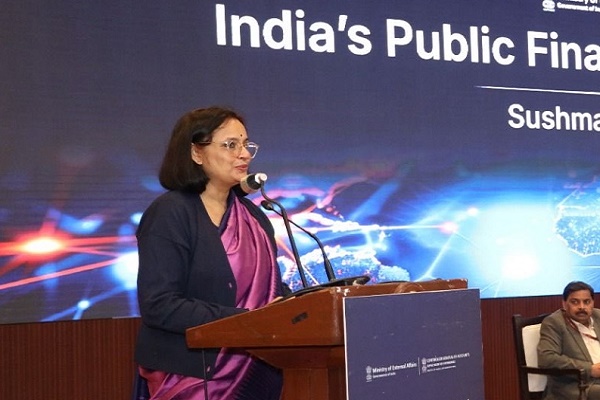






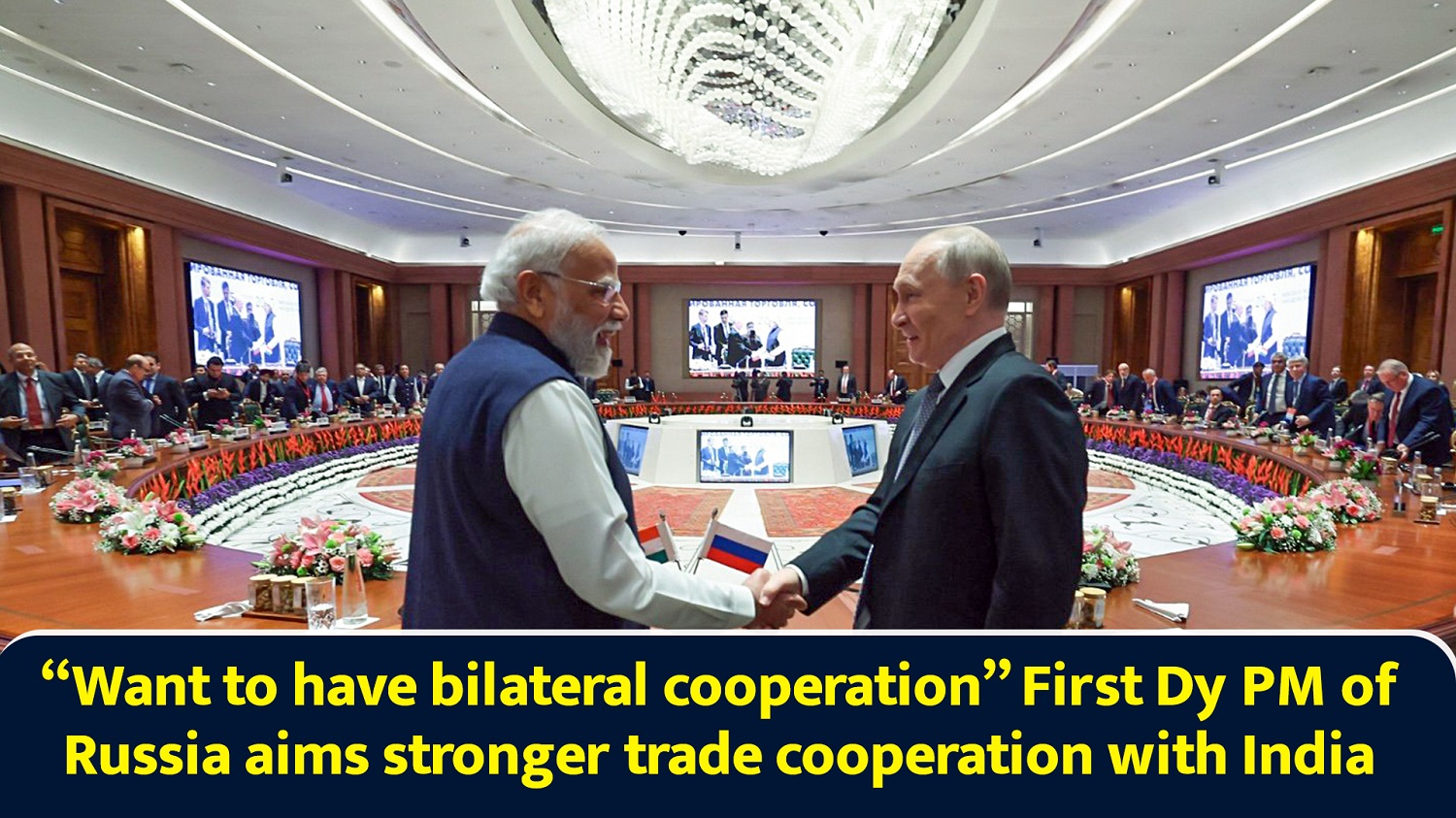

More News
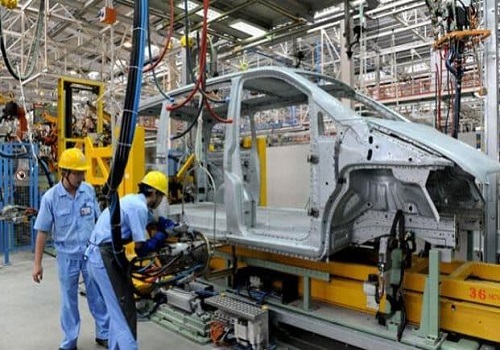
Automobiles Sector Update : Auto Expo 2025 OEMs focus on clean fuels By Motilal Oswal Financ...
